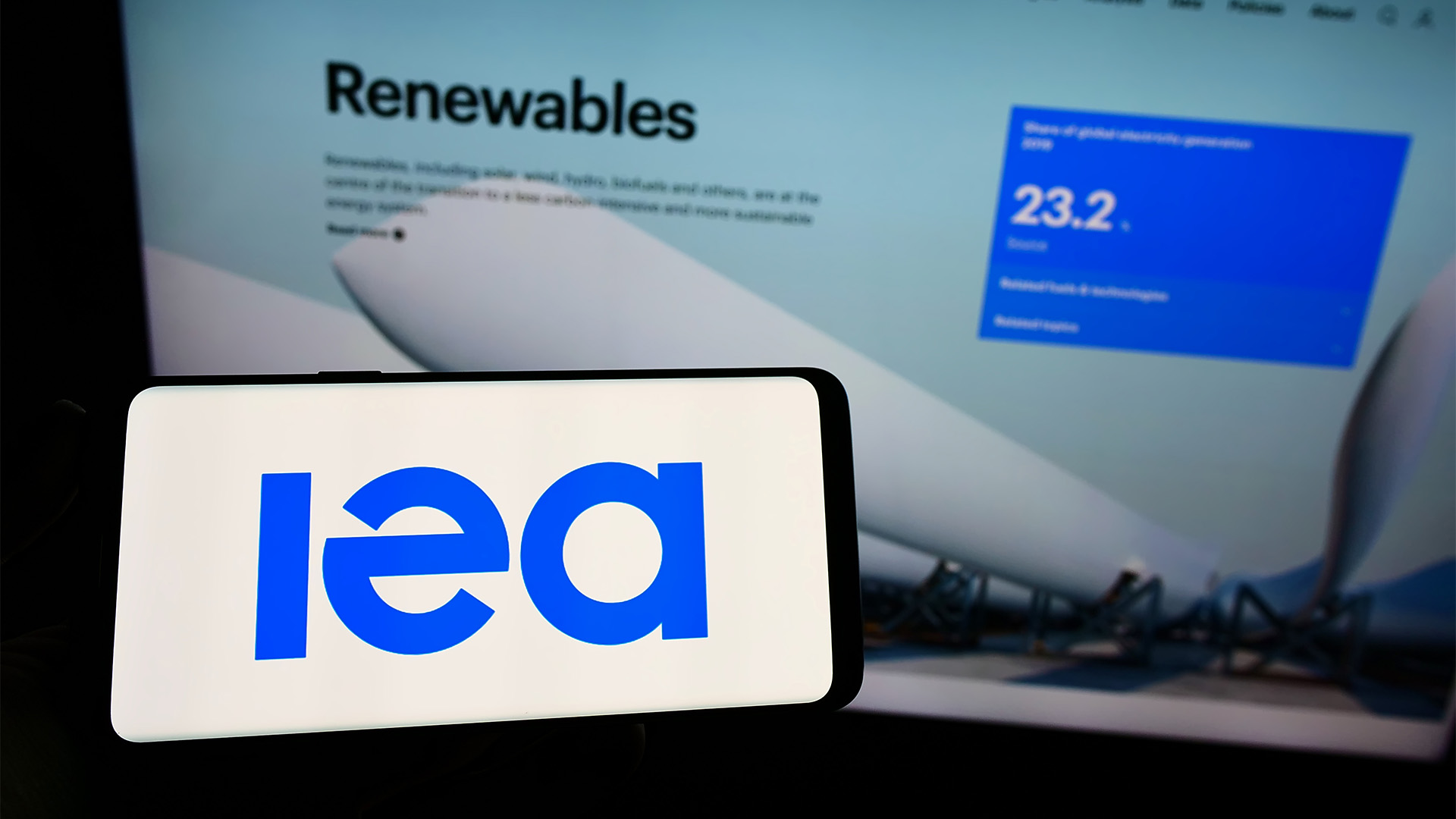The International Energy Agency (IEA) has released a report shedding light on the availability of critical minerals needed to support the global energy transition. Here are the key takeaways:
- Promising Project Pipeline: The IEA's report presents a more optimistic outlook on the potential supply of critical minerals. If all planned mining and processing projects come to fruition, they could provide two-thirds of the required minerals for achieving net-zero targets by 2030. However, challenges such as approval delays and cost overruns could hamper these projects.
- The Lithium Rush: The lithium market is experiencing extraordinary growth compared to other critical minerals, with demand for the metal rising nearly sevenfold between 2017 and 2022. Further demand is expected to rise by approximately seven times from 2021 levels by 2030, aligning with the global goal of reaching net-zero emissions by 2050.
- Concentration Risks: The extreme concentration of critical mineral mining and refining in a few countries poses a significant concern. For example, over 70% of the world's cobalt comes from the Democratic Republic of Congo, and China dominates the extraction and processing of rare earth metals, lithium, cobalt, and copper. Although there are signs of diversification in extraction, processing concentration is expected to persist.
- Sustainability Challenges: The report highlights the lack of progress in the sustainability of critical mineral production. Emissions intensity at major mining companies showed no significant decrease between 2018 and 2021, coupled with a rise in water withdrawals. Buyers of critical minerals can play a vital role in driving change by prioritising high sustainability standards in their sourcing decisions.
- Heating up Start-up Funding: Despite a decline in venture capital investment last year, start-ups in the critical minerals sector raised $1.6 billion, experiencing a 160% increase from 2021. Battery recycling start-ups, like Singapore's Green Li-ion, are particularly popular, indicating a growing interest in sustainable solutions.
The IEA's report reveals promising opportunities in the availability of critical minerals for the energy transition, but challenges such as approval delays and concentration risks need to be addressed. Sustainability concerns and increasing start-up funding highlight the importance of sustainable solutions.














